St Andrews is a very quaint and pretty medieval city, with lots of old lanes and the occasional kilted ginger:
Just to add a little more authenticity to the whole feel of it. You're welcome.
Part of the trip involved a guided tour but I'm pretty sure you're not interested in the finer points of architectural changes or medieval town planning and the photos I took of that aren't particularly interesting either (unless you like playing games of spot the archaeologists). So I'll crack on with the cathedral precinct and the castle, which are right by the sea. They're both in ruins now, thanks to the Reformation mostly, but the cathedral precinct was still used after the cathedral itself was destroyed because people wanted to be buried there. So it's surprisingly crowded:
St Rule's Tower, on the right there, is still in good condition and you can climb up it if you want. The views are pretty spectacular:
You can see the castle there in the bottom picture. In the top photo you can see the remains of the priory's cloister and the cathedral proper. Outside of the precinct, while my mother-in-law help give a tourist some directions, I accidentally sat beneath a clootie tree:
If you look closely you can make out the hawthorn blossom, too.
We didn't have much time for the castle but if you look where the steps are:
They lead down to a tunnel that was dug through during a siege sometime in the 1540s. Thanks to a little bit of religious persecution by the cardinal, who lived in the castle and wasn't too keen on Protestants, he martyred one too many and pissed off a few folks, which he probably ended up regretting. One of the Protestant preachers he had burned at the stake, George Wishart, had friends who decided to get some good old-fashioned revenge and they stormed the castle, killed the cardinal, and held the castle for themselves. In an effort to remove them, a siege took place and tunnels were dug underneath the castle walls in an effort to undermine the building's integrity without risking the lives of the VIP hostages who were being held inside (I'm not convinced of the logic there, what with aiming to collapse at least part of the castle instead of bombarding it with artillery). The castle's temporary occupants tried to undermine the efforts of the people who were trying to undermine them by digging false shafts as well, and they're all still there. I didn't go too far down the actual siege tunnel – I'm tall and the tunnel was not – but it must've taken quite a bit of dedication, for sure.
There's not much of the castle left now, but being sat right on the edge of the North Sea must've been a bit chilly in winter:
The cardinal probably had it a little easier than the monks did, though, because there was only one building in the cathedral precinct where they would have been able to warm up beside a fire.
So that's the end of the brief tour! I'll spare you more photos and go off and do something productive now, but I have some more catching up to do with a book review, which I'll get round to soon, hopefully.
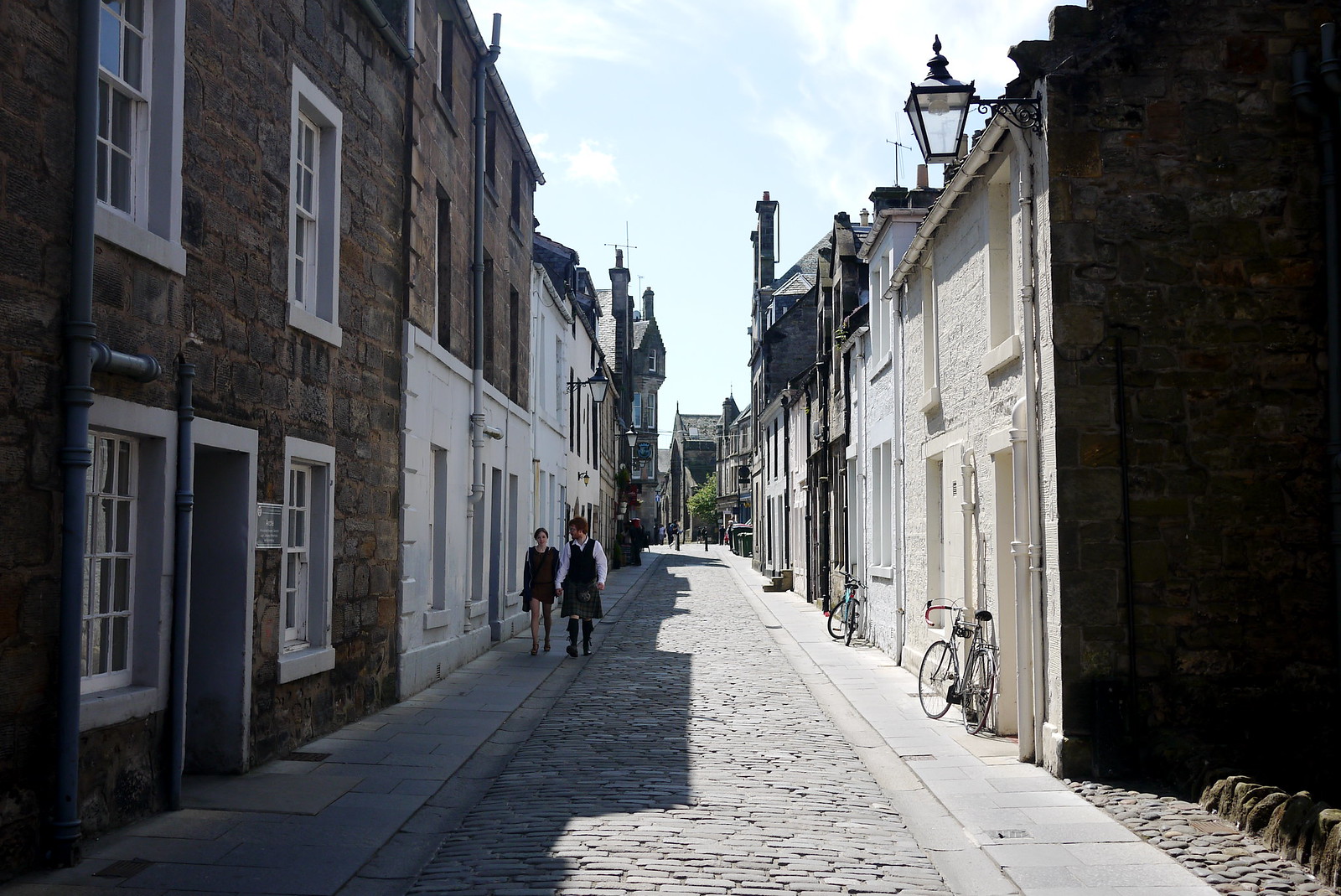
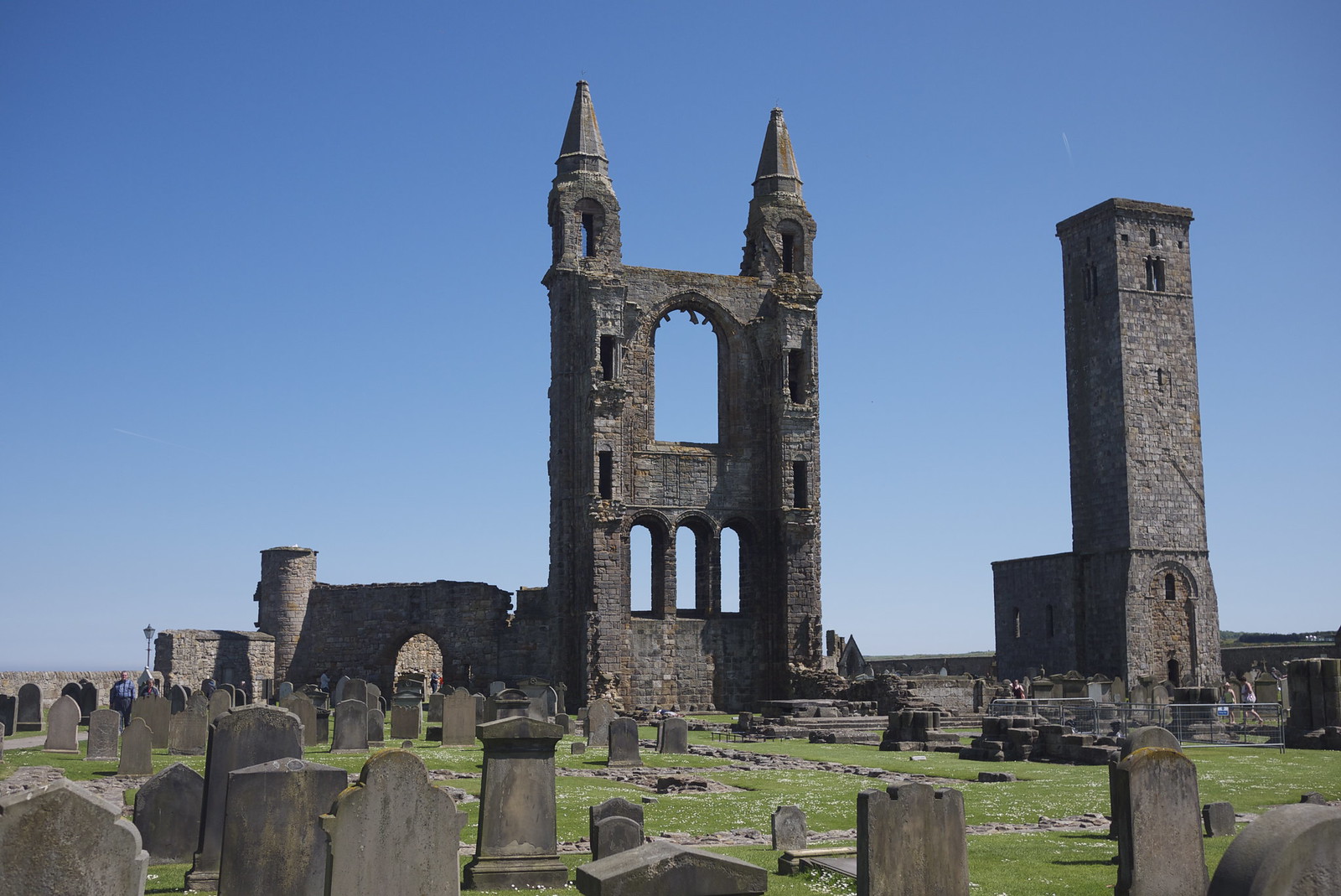


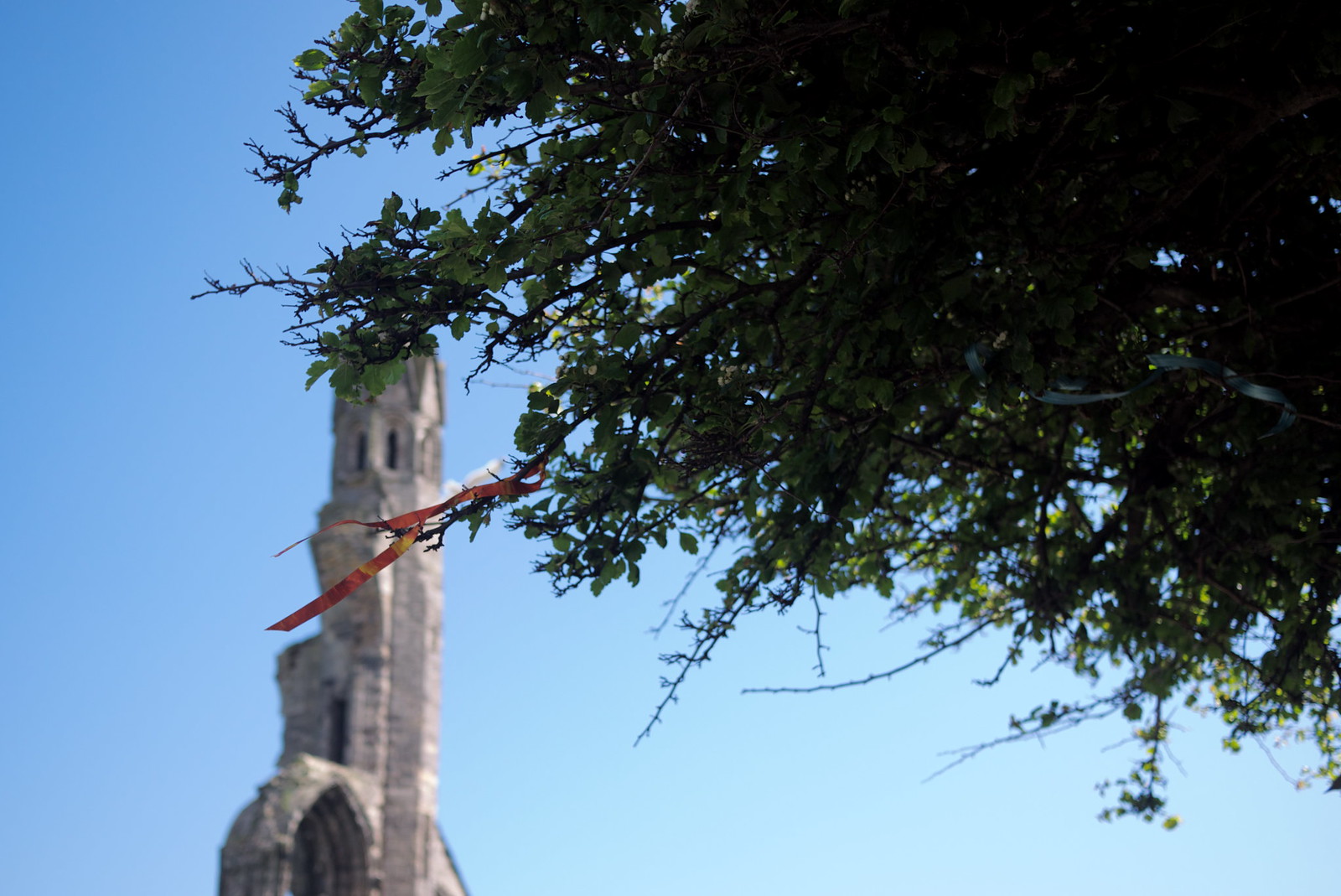
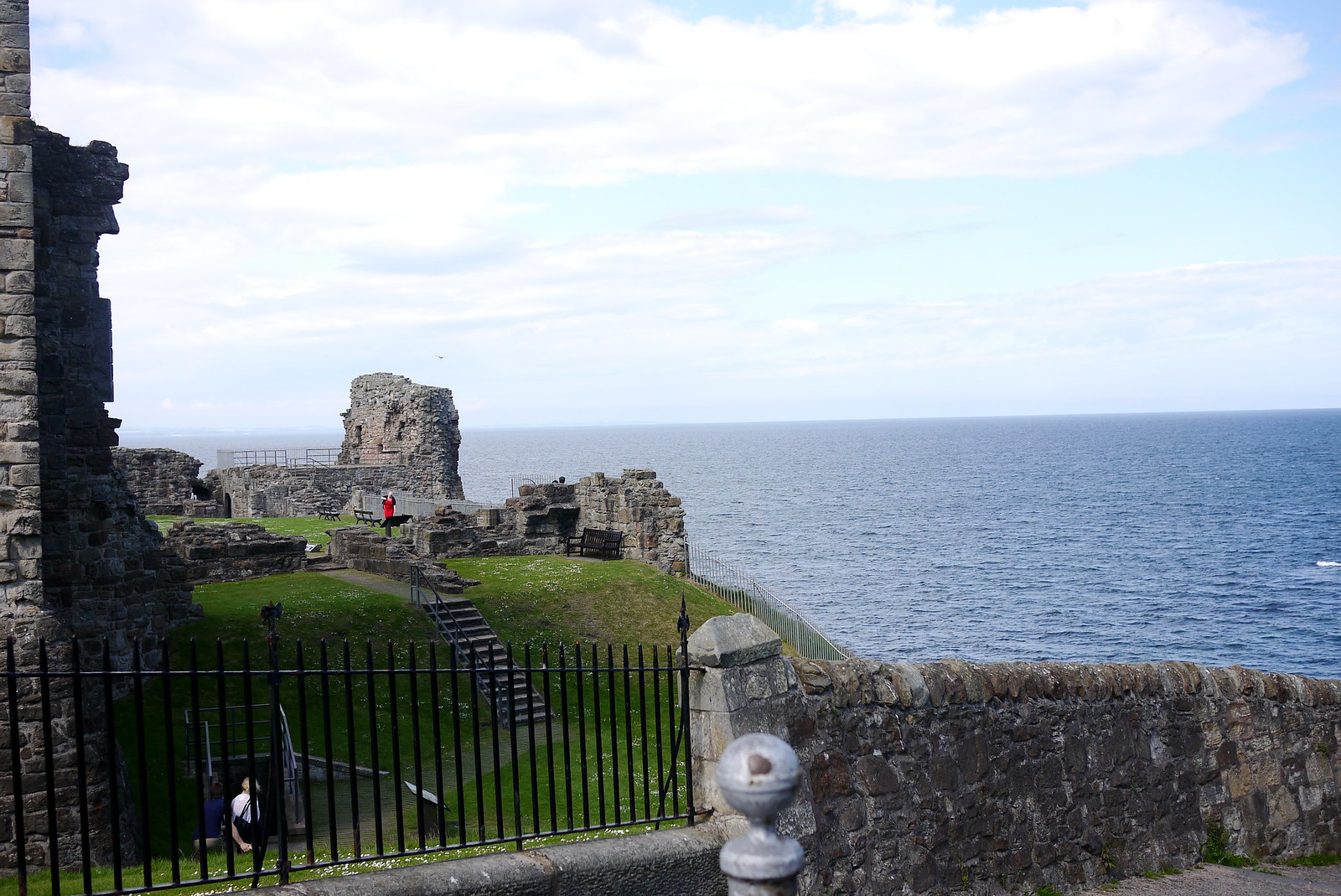

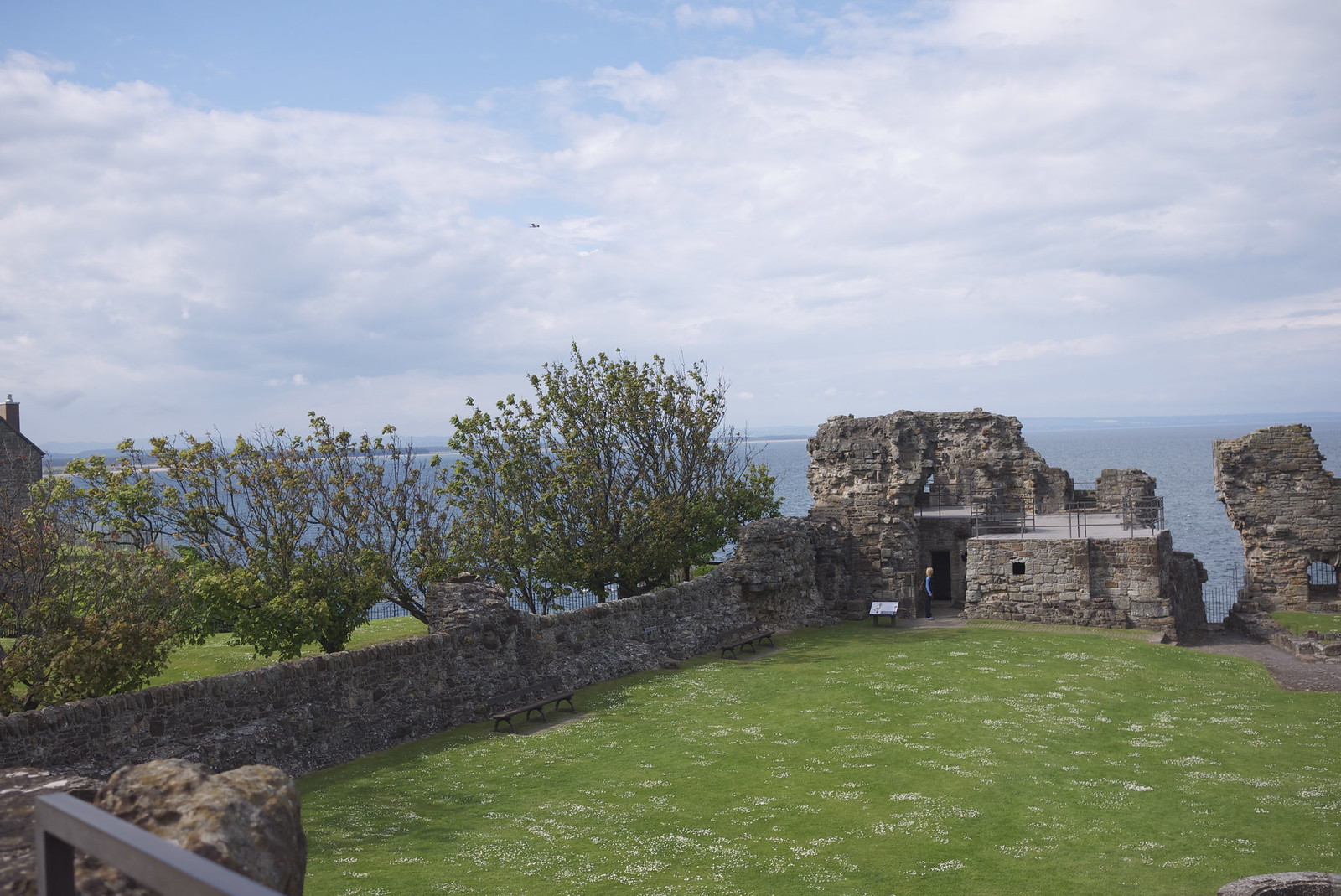
No comments:
Post a Comment